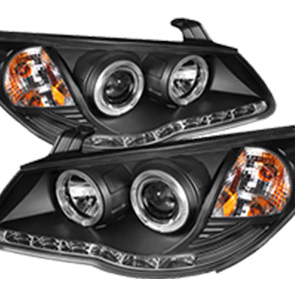duster hand brake cable
Understanding the Duster Hand Brake Cable Function, Maintenance, and Replacement
The hand brake, also known as the emergency brake or parking brake, is an essential component in vehicles, including the Dacia Duster. The hand brake system typically utilizes a cable to engage and release the brake mechanism, and the condition of this cable is crucial for ensuring that the parking brake functions effectively. In this article, we will explore the function of the hand brake cable, the importance of maintenance, and tips for replacement, specifically in the context of the Duster.
Function of the Hand Brake Cable
The hand brake cable serves as the link between the hand brake lever and the rear brake components. When the driver pulls the hand brake lever, it tightens the cable, activating the rear brakes—either drum or disc brakes—depending on the vehicle's braking system. This activation prevents the vehicle from rolling when parked, providing essential safety and stability, especially on inclines.
The Duster is equipped with a hand brake system that is designed for ease of use and reliability. The cable operates under tension when the hand brake is engaged and returns to its original position when the brake is released. However, over time, factors such as wear and tear, environmental exposure, and corrosion can compromise the integrity of the cable, leading to diminished performance or complete failure.
Importance of Maintenance
Regular maintenance of the hand brake cable is vital for ensuring safety and performance. A malfunctioning hand brake can be particularly dangerous, as it may fail to hold the vehicle in place, increasing the risk of accidental rollaways. Routine inspections should focus on the following aspects
1. Visual Inspection Look for signs of fraying, rust, or corrosion on the cable. Any visible damage is an indication that the cable may need to be replaced.
2. Cable Tension The hand brake should have a specific range of motion. If the lever feels loose or extends too far without engaging the brakes, the cable may have stretched or lost tension.
3. Functionality Test Regularly test the hand brake by engaging it while the vehicle is parked. Ensure that the vehicle remains stationary, even on an incline.
duster hand brake cable

Maintaining the hand brake cable is not just about replacing worn-out parts. It's also about ensuring all components, including the lever and the brake mechanism, operate smoothly together.
Replacing the Hand Brake Cable
If maintenance inspections reveal that your Duster’s hand brake cable is frayed, rusty, or too stretched, it’s crucial to undertake a replacement. Here’s a general guideline on how to replace the hand brake cable in a Duster
1. Tools Required You will need a socket set, wrenches, a jack, and jack stands. Ensure you have a replacement cable that fits your Duster model.
2. Lift the Vehicle Use a jack to lift the vehicle and secure it with jack stands for safety.
3. Locate the Cable The hand brake cable is typically routed along the underside of the vehicle. It connects to the rear brake mechanism, so you may need to remove panels or covers to access it.
4. Disconnect the Old Cable Carefully disconnect the cable from the hand brake lever and the rear brake mechanism. Note how the cable is routed for easier installation of the new one.
5. Install the New Cable Route the new cable exactly as the old one was. Connect it securely to both the hand brake lever and the rear brake assembly.
6. Test the Hand Brake Once installed, engage the hand brake and check for proper tension and operation. Ensure it effectively holds the vehicle in place.
In conclusion, the hand brake cable for the Duster is a critical part of the vehicle’s safety system. By understanding its function, committing to regular maintenance, and knowing how to replace it, Duster owners can ensure their vehicles remain safe and reliable on the road. Safe driving practices start with a well-maintained vehicle, and the hand brake system is a fundamental part of this equation.
-
Upgrade Your Control with Premium Throttle CablesNewsAug.08,2025
-
Stay in Control with Premium Hand Brake CablesNewsAug.08,2025
-
Experience Unmatched Performance with Our Clutch HosesNewsAug.08,2025
-
Ensure Safety and Reliability with Premium Handbrake CablesNewsAug.08,2025
-
Enhance Your Vehicle with High-Performance Clutch LinesNewsAug.08,2025
-
Elevate Your Ride with Premium Gear CablesNewsAug.08,2025
